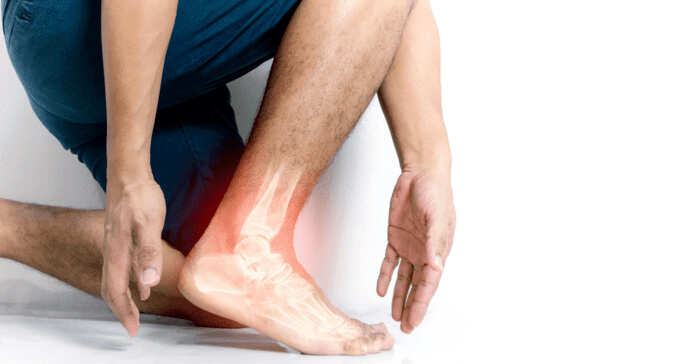

Arthritis, is not just a singular disease but a means of referring to inflammation of the joints, or joint disease. It is seen as a common disease, and the severity of its symptoms can vary.
Arthritis typically becomes noticeable with age. However, personal injury, and genetic predispositions can increase a person’s risk of developing arthritis at an earlier age. Our arthritis specialists at New York Spine Institute have decades of experience serving those afflicted with arthritis. We develop the most appropriate path of treatment for each of our clients, to help them live happier and healthier lives. Our offices are located throughout Greater New York City, Long Island, White Plains, and Newburgh, NY. Contact us today and speak with an arthritis specialist.
At New York Spine Institute, you are supplied specialized care that fits your needs so you you can return back to all the activities you love without the painful symptoms that accompany arthritis.
NYSI’s team of physicians, led by medical director Alexandre B. de Moura, M.D., FAAOS, are industry leaders that specialize in neck and back disorders.
To live up to our mission of custom, personalized care, our staff speaks a variety of languages including Spanish, Portuguese, French, Italian, German and Russian.
Osteoarthritis can cause the cartilage, or the hard tissue that covers the ends of the bones where the joints are formed, to break down. On the other hand, rheumatoid arthritis is a condition where the immune system invades the joints. Arthritis is more common among adults 65 and older but can also affect people of all ages, including children. Some other key points about arthritis include:
Pain is very subjective with Arthritis and can vary person to person. It is an inflammation of the joints.that can identified with over 100 different types. It can affect one or multiple joints. Two of the most common types are osteoarthritis (OA) and rheumatoid arthritis (RA). The symptoms of the disease typically show up gradually but it is possible it may appear suddenly.*
Some risk factors may increase an individual’s chances of getting arthritis or even make it worse. By changing the risk factors you can control, you can decrease your risk of getting arthritis or making arthritis worse. Arthritis has various risk factors some you can control and others you cannot.*
Controllable Risk Factors:
Uncontrollable Factors:
Meeting with one of our orthopedic staff is the a step in the right direction toward diagnosing your arthritis. One of our doctors will perform a physical examine in order to determine if there’s fluid surrounding the joints where you experience discomfort. Extracting and analyzing inflammation levels in your blood and joint fluids can help your orthopedic doctor determine what kind of arthritis you have.*
Various treatment options for patients with arthritis are aimed to control pain, minimize joint damage, and improve function and quality of life. There are numerous medications that can help eliminate pain as well as physical therapy and lifestyle changes to help protect joints and any further damage. A variety of treatments are considered for arthritis some of them include:
*The effectiveness of diagnosis and treatment will vary by patient and condition. New York Spine Institute does not guarantee certain results.